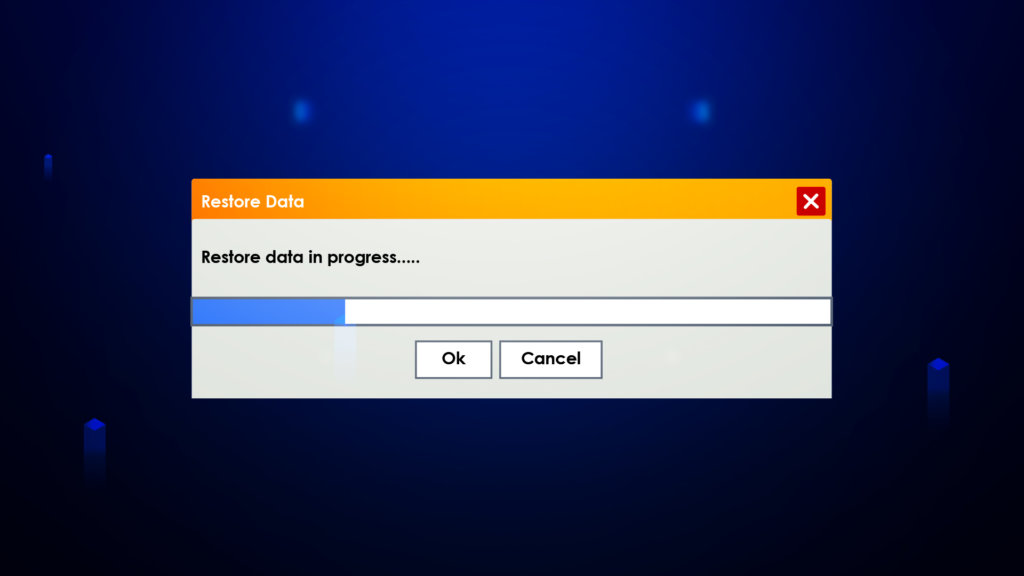
Are Your Backups Safe From Ransomware? Your 8-Point Checklist for Backup Security & Data Protection
About Continuity™
StorageGuard - by Continuity™ - is the ONLY Security Posture Management solution for Storage & Backups, helping to ensure these systems are securely configured, and compliant with industry & security standards.
The average cost of recovery from a ransomware attack has more than doubled in a year, according to a Sophos survey.
The global report also shows that just 8% of organizations manage to get back all of their data after paying the ransom.
With the increased number and sophistication of ransomware attacks, it’s not a matter of if, but when. And when it does happen, your ability to recover clean and up-to-date backup files is your last line of defense.
| The Conti ransomware gang has developed novel tactics to demolish backups The majority of targets who pay the ransom are motivated by the need to restore their data. | The ransomware gang, Hive, is known to seek out and delete any backups to prevent them from being used by the victim to recover their data. |
Click here for more information about backup and storage security.
Your 8-Point Checklist To Secure Your Backups
A ransomware attack is a horrible time to discover that your backups are not secure, so to help, here’s an 8-point checklist to determine whether your backups are sufficiently secured, and whether data is fully protected.
- Do your security incident-response plans include cyberattacks on your backups? If so, what’s included:
- Recovery from a complete wipe of a storage array
- Recovery from a complete corruption of the SAN fabric configuration
- Recovery from ransomware
- Is there a complete inventory of your storage and backup devices, that includes the current security status for each one?
- All backups, archive environments, storage arrays (block, file, object), and SAN switches
- Storage software versions (storage OS, firmware deployed), and, in particular: patching status, known CVEs, and actual resolution status
- What is backed up? Where? How?
- Which storage & backup protocols are allowed? Are all obsolete and insecure protocols disabled
- Is there comprehensive and secure event logging and auditing of your backups?
- Including: central log services, redundant and tamper-proof records, and redundant and reliable time service
- Are you able to audit the configuration changes?
- e.g., what changed and when – in device configuration, storage mapping, and access control?
- Is there a well-documented, and enforced separation of duties for your backups?
- e.g., separate admins for storage, backup, and disaster recover in each environment
- Are all storage and backup administrative-access mechanisms documented?
- e.g., which APIs are open, how many central storage management systems can control each storage device, and are there any servers or OS instances that can control storage
- Are existing mechanisms for ransomware protection, air-gapping, and copy-locking used?
- Is there an audit process to verify they are correctly deployed at all times?
- Is the security of your backups regularly audited?
- Does this audit process include: SAN communication devices, storage arrays (block, file, object), server-based SAN, and backup?
Take the 2-minute Ransomware Resiliency Assessment for Backups, and get your own maturity score and practical recommendations – to help protect your data, and ensure recoverability.
Talk To An Expert
It’s time to automate the secure configuration of your storage & backup systems.